The Bullhead, or Bullhead Catfish, is a group of catfishes in the family Ictaluridae. Some other members of the family include channel catfish, blue catfish, and more.
Researchers currently recognize seven different species in this group. The seven species are the snail, spotted, white, flat, black, brown, and yellow Bullheads. Read on to learn about the Bullhead.
Description of the Bullhead
Each of the seven species is slightly different from the last. However, most share a uniquely square-shaped tailfin. They also share the typical whisker-like facial growths known as barbels.
Most species have dark colored skin with light or white underbellies. Most species measure about 10 inches long on average, though each is slightly different.
Interesting Facts About the Bullhead
Each species in this group is slightly different from the next. Learn more about what makes a few common species so interesting, below.
- Black Bullhead – This species is one of the more social species of catfish. They often congregate in large numbers near dams and in similar sheltered regions. Additionally, people do not target this species in sportfishing as frequently as the blue catfish or channel catfish.
- Brown Bullhead – The Native American Ojibwe group refers to this species as the “wawaazisii.” To this clan, the fish is an important symbol, and legend tells that the wawaazisii was a founder of one of the original clans.
- Yellow Bullhead – This common fish lives in murky habitats with mud or clay bottoms. Though fishermen target this species less frequently than blue or channel catfish, fishermen do catch them, and people consider their meat tasty.
Habitat of the Bullhead
Each species has slightly different habitat preferences. Some prefer deeper waters, and others prefer shallow regions. Additionally, some prefer waters with slow currents while others live in fast-moving waters.
Finally, some species live more flexible lives and utilize a wide range of different habitat types. You can find the various species in lakes, ponds, rivers, streams, creeks, and similar habitats.
Distribution of the Bullhead
You can find these fish throughout various regions of North America. Some live across wide ranges while others occupy only a small area. Each has its own unique distribution, and the populations of some species overlap with those of other species.
Typically, you can find these fish in the central and eastern United States. Their ranges also extend into southern Canada.
Diet of the Bullhead
The various species also have their own dietary preferences. However, most are generalists, which means they eat just about anything that fits in their mouths. Some have omnivorous diets and feed on both plants and animals. Others are carnivorous and eat only other animals.
Some of the different types of prey that they hunt include smaller fish, insects, worms, insect larvae, frogs, snails, and carrion.
Bullhead and Human Interaction
Humans interact with the different species in different fashions. Generally, people do not catch these fish recreationally as much as their other relatives. However, people do catch and eat some species. All seven species have large population numbers and stable populations, and the IUCN lists them all as Least Concern.
Domestication
Humans have not domesticated these fish in any way.
Does the Bullhead Make a Good Pet
No, these fish do not make good pets. They eat just about anything that fits in their mouth, and people do not often keep them in home aquariums.
Bullhead Care
People do not generally keep these fish in aquariums or farms very frequently. Their care would be similar to blue and channel catfish. Because they have generalist feeding habits, they would thrive on commercially produced fish foods, live fish, frozen fish, shellfish, and similar foods.
Behavior of the Bullhead
These fish have more social lives than some of their relatives. Most live in groups and congregate in larger numbers. Researchers know more about some species than others. While each species is different from the last, most have primarily nocturnal habits. They rest during the day, and hunt for food at night.
Reproduction of the Bullhead
Each has its own unique breeding habits and reproductive rates. The number of eggs produced, incubation period, and parental care varies from species to species. For some species, researchers simply do not know very much about their breeding habits.
As a whole, these fish breed via spawning, where females release their eggs and males fertilize the eggs outside of the body. Generally, they produce several thousand eggs, and larger females produce more eggs. Additionally, the males typically guard the eggs and young.

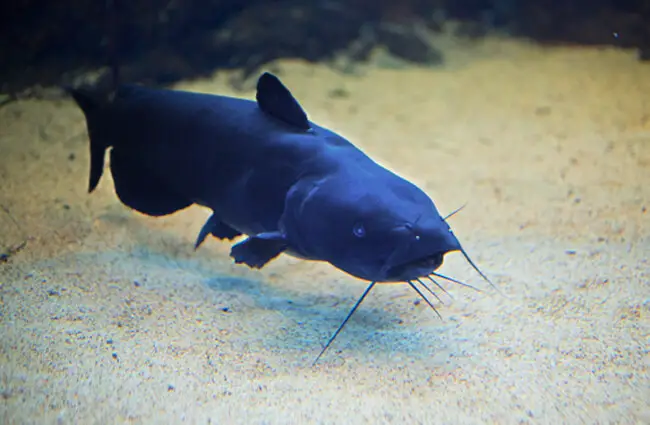


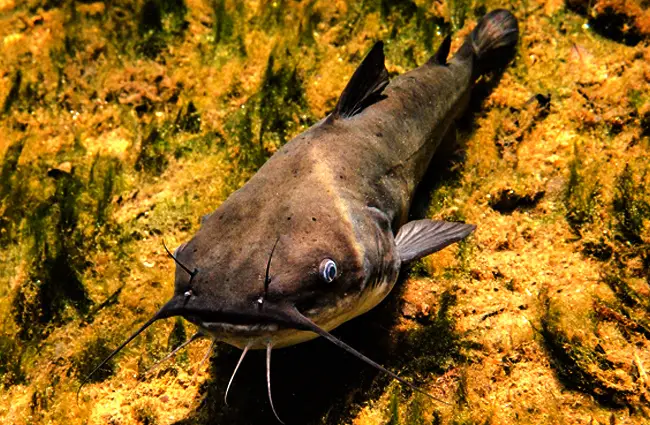


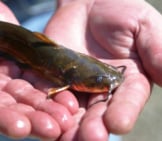
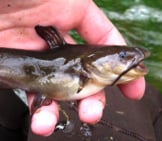

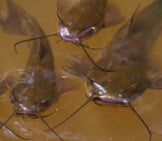
![Red Angus Closeup of a beautiful Red Angus cowPhoto by: U.S. Department of Agriculture [pubic domain]https://creativecommons.org/licenses/by/2.0/](https://animals.net/wp-content/uploads/2020/03/Red-Angus-4-238x178.jpg)


![Red Angus Closeup of a beautiful Red Angus cowPhoto by: U.S. Department of Agriculture [pubic domain]https://creativecommons.org/licenses/by/2.0/](https://animals.net/wp-content/uploads/2020/03/Red-Angus-4-100x75.jpg)

